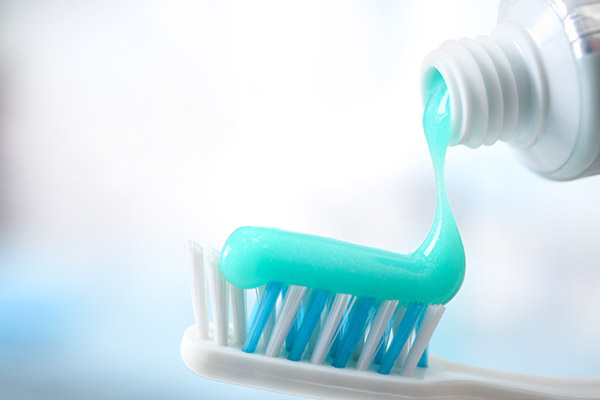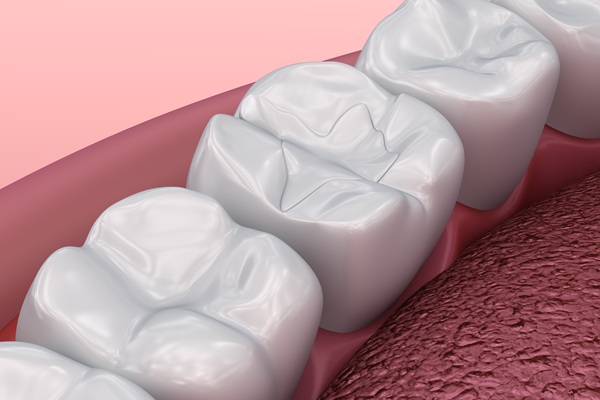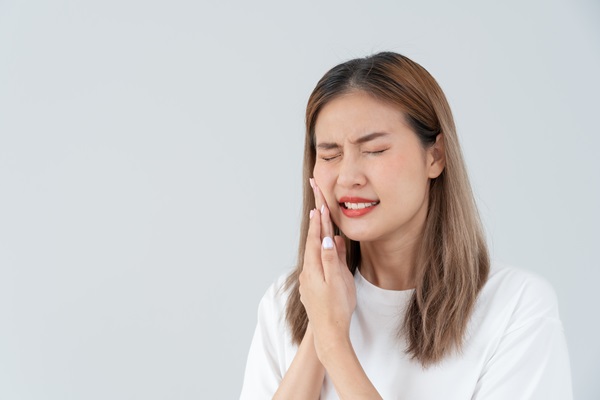 In order to make the results of your smile makeover last as long as possible, it is essential to practice good dental habits. Read on for makeover maintenance tips.
In order to make the results of your smile makeover last as long as possible, it is essential to practice good dental habits. Read on for makeover maintenance tips.
6 Habits that can help protect the results of a smile makeover
The best way to maintain the results of your smile makeover is by brushing several times a day with consistency, having floss near you throughout the day, making smart dietary choices, and wearing a mouthguard to prevent bruxism. It is also important to visit a dentist every four to six months for a check-up and cleaning, as well.
1. Keep a consistent brushing schedule
First and foremost, regular brushing is perhaps the best way to keep teeth stain-free and prevent any oral health concerns from developing. While this may seem obvious, many patients (due to hectic schedules) begin brushing inconsistently, which leads to a build-up of bacteria-containing plaque and teeth stains and damage. In addition to regular brushing, patients can use whitening toothpaste several times a week to help keep their teeth bright.
2. Have floss on you at all times
Flossing is also crucial for keeping teeth stain-free and clean. Brushing does not reach all areas of the teeth, especially in between teeth that are close together. To reach these areas, the patient should floss after each meal. The easiest way to implement this is to make a habit out of carrying floss with you at all times.
3. Make smart dietary choices
The foods and drinks you consume can affect the appearance of teeth and gums. One great way to maintain the results after a smile makeover is to limit the consumption of carbohydrates such as sugar and starch.
4. Drink water throughout the day
Drinking water throughout the day can help keep bacteria and food particles washed away and protect teeth from stains and decay. This is especially a good habit for those who may drink coffee or tea regularly.
5. Protect teeth at night with a nightguard
A nightguard is necessary for smile makeover patients that struggle with bruxism (teeth grinding at night). Dentists can customize a nightguard to fit comfortably while sleeping and prevent the effects of bruxism.
6. Make it in for all scheduled check-ups and cleaning visits
Good dental habits at home are the best way to protect the results of a smile makeover. However, it is also important to make it into the dentist's office for all cleaning and check-up visits. Ideally, patients should visit the dentist every four to six months after a smile makeover.
Are you interested in more tips to maintain a healthy smile?
Our dental practice offers smile makeovers through personalized treatment plans to meet each patient’s specific goals. However, we also help patients maintain their results for as long as possible after their smile makeover. If you are considering a smile makeover, individual cosmetic treatments, or routine procedures such as a dental cleaning, then contact us today to schedule an appointment.
Request an appointment or call Inna Goykman-Amir DDS at 718-416-6364 for an appointment in our Brooklyn office.
Related Posts
You might need a smile makeover if you are unhappy with the color of your teeth. The procedure involves combining cosmetic treatments to meet your unique needs. Some of the reasons your teeth can end up becoming discolored include:Tooth DecayColoring agents in food and beveragesSmokingThinning enamel due to agingTetracycline antibioticsOverexposure to flourideThe type of stains…
The quality of your smile makeover experience is often determined by the dentist you choose to perform it. Read on to find out how to choose the right dentist. The good news is there are steps you can take to help ensure you choose the dentist that is right for you according to your treatment…
A dental problem can cause a headache or migraine, which might require smile makeover treatments to fix. Various illnesses can cause excruciating headaches, and they are not all limited to the head. There is a link between headaches, migraines, and your teeth in certain circumstances.Headaches can cause nausea, face tingling, dizziness, and sensitivity to sound…


